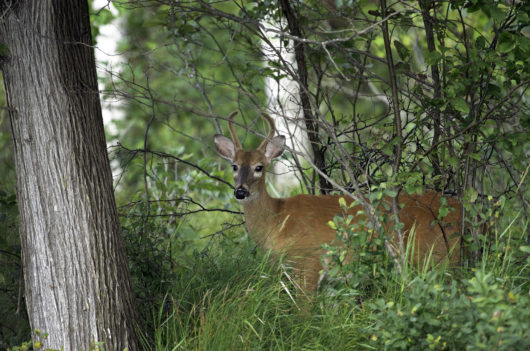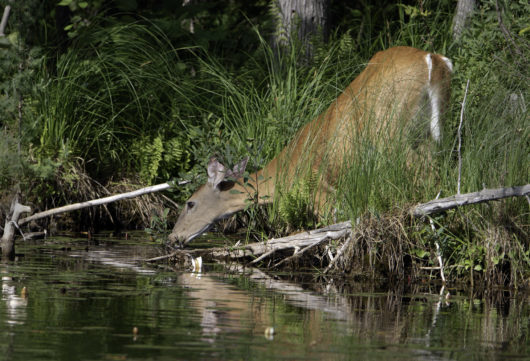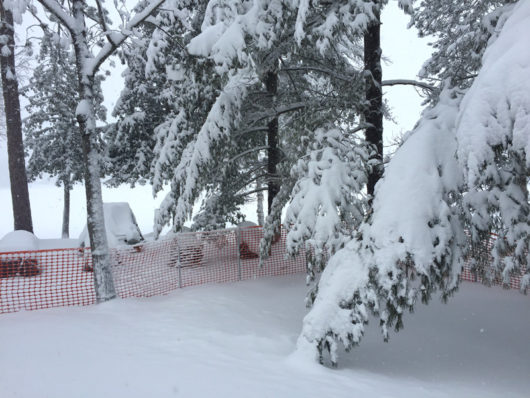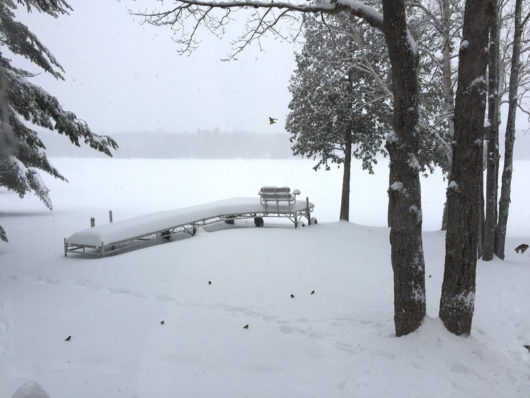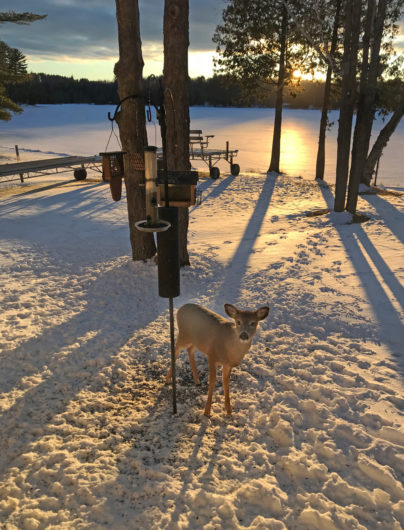This is an American Red Squirrel, a/k/a pine squirrel, a/k/a chickaree, a/k/a Rocky Balboa. Really, this is one of the feistiest little critters in our neck of the woods. If he were even a quarter of our size he’d eat us for lunch. He is tamiasciurus hudsonicus. His Wiki entry says he’s “a diurnal mammal that defends a year-round exclusive territory.”
Technically, Rocky’s year-round exclusive territory is a red pine near the water’s edge. Woe unto the bigger Eastern Gray Squirrel who ventures into that pine. Rocky (or possibly Rockette) will chase that squirrel away and pursue for a good distance. He’s apparently decided to extend his territory.
He’s hungry and getting ready for winter. The hull-strewn area directly under our feeders include plenty of intact black-oiled sunflower seeds, including because pesky goldfinches like to sit at the seed feeders and toss seeds down to the ground for the rest of the flock. Rocky is feasting and he isn’t kind to the other squirrels.
We have recently seen him sometimes call a truce. After all, it’s hard to stuff your face while you’re in attack mode all the time. But it’s not really his nature.
His nature is to speak loud and carry a big stick in his effort to go far.
Did you ever wonder about the expression “put up your dukes?” It’s a vestige of British rhyming slang. Rhyming slang is where a word or phrase that rhymes with another comes to substitute for what the word or phrase means. And then the rhyming slang loses its context (or is shortened) so that the original word disappears. “Fork” was British slang for “fist.” So, “Put up your forks” was an invite to a fight, as in “Put up your fists.” And then the fork phrase was played with and rhymed so that one pugilist might say to another “Put up your Dukes of York.” And, eventually, that was shorted to “Put up your dukes.”
There’s been no fisticuffs out on the lawn. Just Rocky being feisty chasing around the bigger brown and black Eastern Grays. Oh. And he’s eating and stashing a ton of sunflower seeds.




